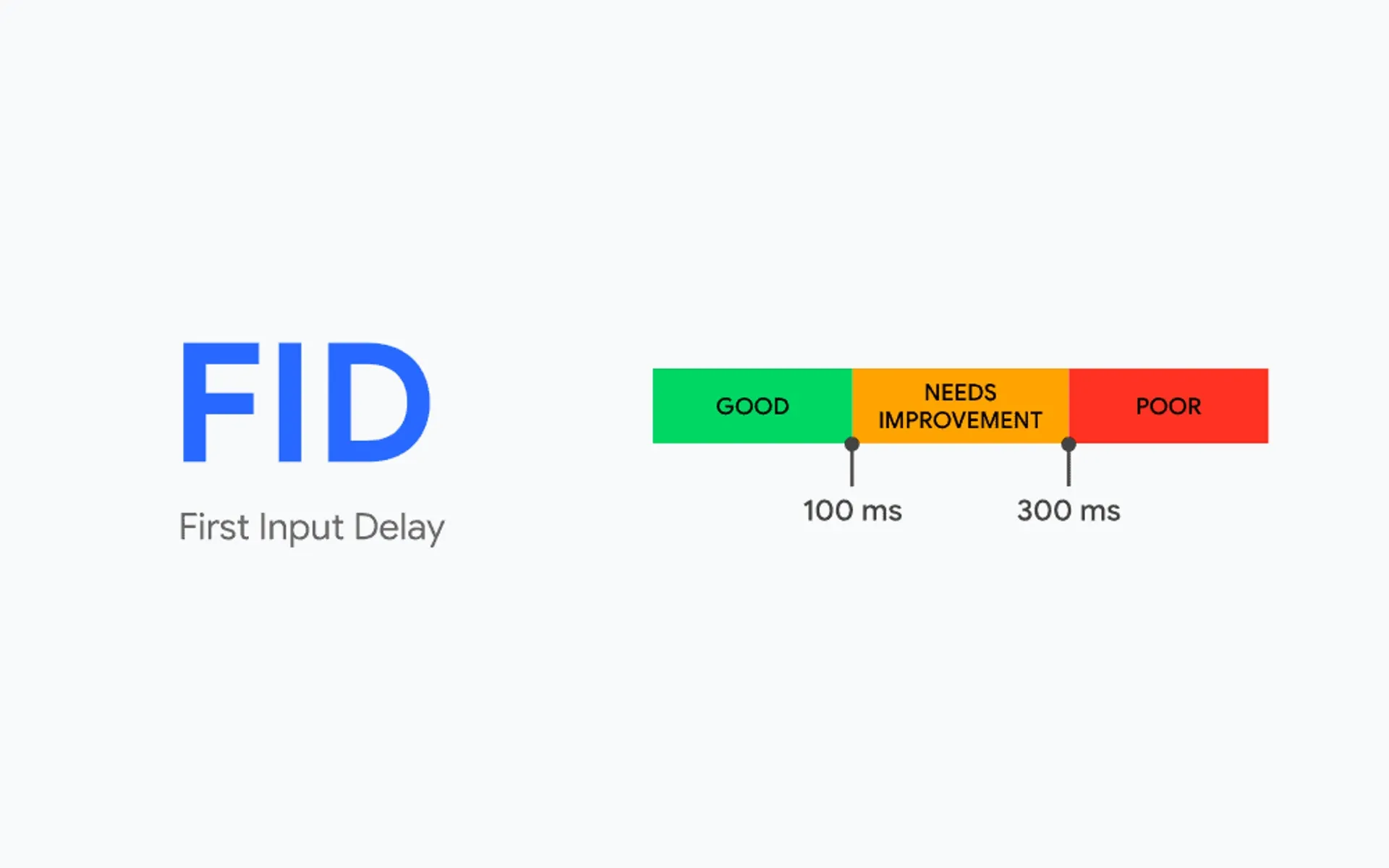Chrome ends support for First Input Delay metric
Google Chrome ends support for First Input Delay (FID) metric, prioritizing Interaction to Next Paint for web performance measurement.

Google's Chrome team today officially discontinued support for the First Input Delay (FID) metric in Chrome tools, marking a significant shift in web performance measurement. This change, announced on September 10, 2024, comes four months after Chrome replaced FID with Interaction to Next Paint (INP) as the Core Web Vitals metric for assessing interaction responsiveness.
The transition away from FID, which was initially revealed in January, impacts several key Chrome performance tools. PageSpeed Insights will no longer display FID data in its real-user experiences section, while the PageSpeed Insights API will cease to provide data for the FIRST_INPUT_DELAY_MS metric. Similarly, the Chrome User Experience Report (CrUX) API and CrUX History API will stop serving data for the first_input_delay metric.
Other affected tools include the CrUX Dashboard, which will remove its First Input Delay page, and the CrUX BigQuery project, which will eliminate the first_input struct from its schema starting with the 202409 dataset, to be published in October 2024. While new FID data will no longer be reported in materialized and experimental tables from the 202409 dataset onward, historical FID data will remain accessible.
According to Rick Viscomi, a Staff DevRel Engineer at Google, developers who rely on FID in Chrome tools should be prepared for workflow disruptions. "If you're still relying on it in Chrome tools, your workflows WILL BREAK," Viscomi warned in a social media post.
Today's the day: Chrome ends support for FID
— Rick Viscomi (@rick_viscomi) September 10, 2024
If you're still relying on it in Chrome tools, your workflows WILL BREAK
We're all-in on INP!https://t.co/sc6utE44MN
Despite these changes, it's important to note that Chromium will continue to support first-input entries in the PerformanceObserver API. This means developers who need to measure FID in their applications can still do so, albeit without the integrated support in Chrome's performance tools.
The web-vitals.js library will remove the onFID function in its upcoming major release, version 5.0. Users of this library are advised to subscribe to release notifications in the repository for updates on this significant change.
In terms of documentation, while the primary FID article on web.dev will remain available for reference, it will include a warning message to discourage its use in favor of INP. The Optimize FID article will be permanently redirected to the Optimize INP article, as its best practices have been superseded by INP.
This shift underscores Chrome's commitment to INP as the preferred metric for measuring interaction performance. The Chrome team believes that INP provides a more comprehensive view of responsiveness issues that FID failed to capture.
As the web development community adapts to this change, it's clear that optimizing for INP will become increasingly crucial for ensuring optimal user experiences on websites and web applications.
Key facts
- Chrome officially ended support for FID on September 10, 2024
- INP replaced FID as the Core Web Vitals metric for interaction responsiveness in May 2024
- PageSpeed Insights, CrUX API, and other Chrome tools will no longer report FID data
- Chromium still supports first-input entries in the PerformanceObserver API
- The web-vitals.js library will remove the onFID function in version 5.0
- FID documentation on web.dev will remain available but with warnings about its discontinued use

